Microphone test
First, we measure the real frequency range of the microphone to meet readers' feedback. For this we use our measuring room again, but we virtually reverse the process. Of course, a true reciprocity calibration as a starting point exceeds our current possibilities and the effort far exceeds the benefits. That is why we have sought a compromise.
However, since we have a calibrated measuring microphone, a comparison measurement and the calculation of the differences can at least produce a curve that is easily usable for our purpose. So it is not the exact frequency response of the microphone, we would not presume that, but a meaningful approximation, which also underpins our subjective impression.
The two microphones look a bit sloppy and lacklustre, especially with active noise cancelling ENC. In addition, all basic frequency frequencies are missing, so that in no case can a warm and full-bodied reproduction occur. It's understandable, but it sounds a bit like a badly clipped tin can feeling, which lacks any brilliance and depth. It's really "just" a headphone with hands-free, but not a really ambitious headset.
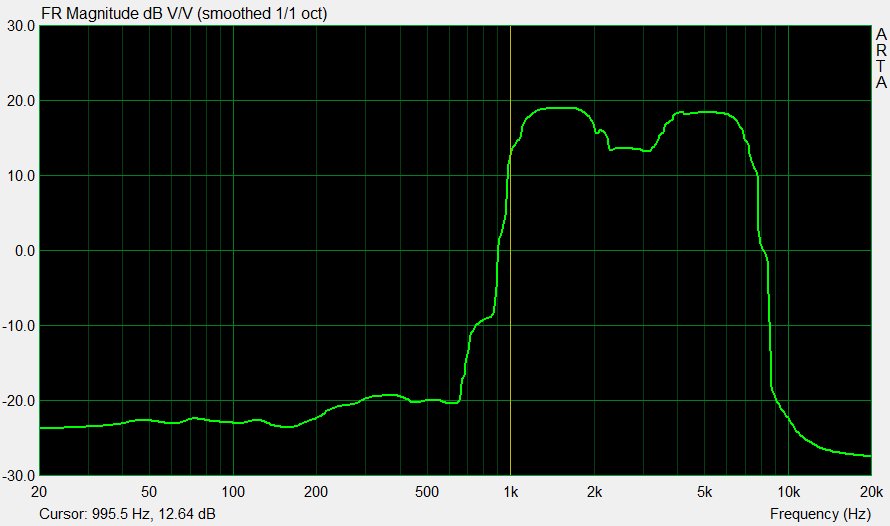
Sound measurements without installed drivers
As we test, we have already explained in the basic article "Gaming Headsets: Myth, Truth and How We Test" in great detail and transparently, because with the usual audio chatter of bass thunderstorms and tweeter whips, you can't really get any further. You have to be able to listen subjectively well and measure at the same time. Let us start with the latter. For this purpose, we have combined three graphics in one gallery per measurement and offer not only the unsmoothed but also the lletized measuring curve as well as a CSD waterfall diagram.
The spectral decay analysis (CSD) curves provide further very useful information about the performance of the installed drivers. This analysis is based on the frequency response diagram shown above, but also contains the element Time and now shows as a 3D graphic ("waterfall") very clearly how the frequency response develops over time after the input signal has been stopped. In colloquial terms, such a thing is also called "end" or "swingout".
Normally, the driver should also stop as fast as possible after the input signal has been dropped. However, some frequencies (or even entire frequency ranges) will always subside slowly and then continue to appear in this chart as longer-lasting frequencies on the timeline. This is a good way to see where the driver might be particularly "squeaming" or where resonances may even occur and disturb the overall picture.
The first measurement now also proves our fears, because below 1 KHz the middles and the bass break dramatically and the fact is that the supporting vibration ("Super Bass VR Shock" does not really work without the installed driver. That's why I wrote "not optimal" on the previous page. Whether this was due to our pre-series pattern or due to certain manufacturing tolerances – despite the chambers being constructed in the same way, both channels do not really act identically.
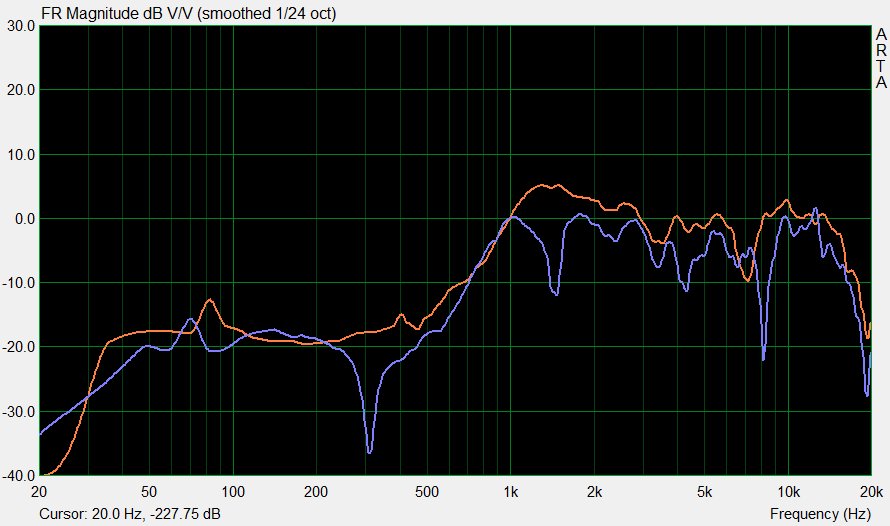
Subjectively perceived, this leads to a balance shift, with the blue curve for the left channel and the red curve for right channel. Let's see what the software does next.
Sound measurements with installed drivers
Interestingly, the 50 Hz controller was at maximum immediately after the driver installation and the equalizer EQ was also activated. That sounded even more oblique than surely desired. I have first brought all the controllers to zero position, sure is safe. The breakdown, one believes the caption, is somewhat peculiar, because usually it all follows certain rules (like 32. 64, 125, 250, 500 Hz, etc.). But no matter, the main thing is that in the end they do what they are supposed to do.
Now let's look at the measuring curves with zero position of the whole sliders, as well as active EQ and be amazed, because as far as the now active 7.1 surround illusion is concerned, it is reflected in extremely hibercent curves. If we compare these with the curves without a driver, then you can see very clearly where the fake train is rolling.
But I wouldn't be me if I wasn't looking for a remedy. Because one thing is also a fact: you can't really measure the "Super Bass VR Shock", you just feel it. Whether by means of pink noise or swipe (sine), you don't see any of this in the graphics. That's why I tried the equalizer to get some order back into the wave salad.
Sound measurements with EQ correction
But now… First of all, I show all potential interested parties how to get a good sound. This also works quite well subjectively, if you leave the vibrator to a maximum of 50% (see previous page).
Again all three curve diagrams as visual aid and behold, it looks much better:
The Hibbel-Hoppel comes back from the surround. Unfortunately, this cannot be switched off, so you have to uninstall the driver again, which is also nonsense, because then the EQ. Missing. For gaming and the sound carpets attached there, this still works really well, with music, well. Whose claim ends with German gangsta rap and palm samets made of plastic, this also fits. But I wouldn't want to give myself the classic with this headphones.
Subjective listening experience
Let's also test subjectively what you have in the original on your ear. Playing is nonsense, but I still have the part almost approx. Sweat for 70 hours and a specially designed loop. You never know… However, I only evaluate the corrected settings, otherwise I could omit almost everything up to the middle and speculate about the vastness of the great nothingness.
Bass
Test the lowest bass in the subcontraoctave (16.4 Hz to 32.7 Hz) with a recording of Bach's Toccata and Fugue in D minor (19 and 25 Hz) and the Festival Overture 1812 by Tchaikovsky (10 Hz and 12.5 Hz). The same applies to the lower ranges of the contraoctothe (32.7 to 65.4 Hz). The big bass drum (kick drum), which in the U-music is a welcome companion and usually on approx. 55 to 60 Hz, this assessment will then be rounded off.
The bass is still present without correction, although mostly as a vibration, but after the leveling this even sounds quite dry and clean. I wouldn't have expected that. However, the level strength is somewhat limited. But it is due to the sound chip and not to the installed drivers, because I can inflate them on an external amp with jack connection almost into infernal levels until the eardrum goes on strike.
Tip to the manufacturer: leave some power for the amp, because you don't hear RGB anyway. The recorded 10 mA more at maximum volume are really nothing that looks like tangible eardrum stress. This is then likely to be per channel after deduction of all expenses approx. 15 to 20 mW output power is not really much. Bass yes, but it's not a puncher.
The upper bass up to 150 Hz, in which also the Great Octave (65.4 to 130.8 Hz) is located, houses the basic language frequency of the male voice and decides very strongly on the true-to-life reproduction of male vocals.
Without correction, this area also sounds rather unnatural, which adversely affects speech playback. Male vowels are already heavily circumcised in their volume, which is actually a great pity and instruments are deprived of their warm basic tone in this pitch. Then upstairs will sound cool and almost metallic.
For most games, however, it is enough, only with film and music playback the more experienced listener has to be a little brave. So please correct the same as I did above. Then it all fits again.
Frequency range
The lower middles (also basic tone range) are approx. 150 to 400 Hz. Together with the already mentioned upper bass, this area plays a very important role for the subjectively perceived heat or bass. Fullness of the sound. The basic language frequency of female voices can be found in this area.
Without correction, we have the same bleak image as just: female vocals die the legendary heroic death of a lonely Valkyrie, because there is unfortunately nothing that could give a good and full basis. Interestingly, this is rather less noticeable in games, although it is usually due to the sound material. If you put your hand on and adjust this frequency range a little bit, then it is in the middle as if from the picture book. Not a hi-fi yet, but it's audible.
The upper mids between 400 Hz and about two KHz contain a mark at a KHz, which is still considered a reference for many measurements. Unfortunately, this is often noticeable with cheaper devices, as manufacturers often try to overemphasize this frequency. This area does not play an insignificant role in gaming either, and balanced playback contributes significantly to good spatial resolution.
From approx. 1 KHz the level is even without again where you can perceive it almost too well again. However, the stage is a bit narrow and it is mainly due to the swaying ear pads that you stay here a little undecided in the rain. Surround, well. But in the end, nothing comes about as a basic requirement and basic requirement. The pseudo-3D slimming does not replace a stage. The mouse does not bite off a thread.
In games you can hardly notice this, also because of the excellent head-tracking, because you can help with analog head movements. There is no more to write about music here, because an otherwise well-positioned orchestra shrinks to garden dwarf size on the stage of the Spearhead VRX.
High-pitched range
Between two and about 3.5 KHz, human hearing is most sensitive, especially since this area of the lower heights is responsible for the good overtone reproduction of the human voice. This frequency range is crucial for the recognition of a voice or instrument; in this context, one also speaks of the respective timbre. The middle heights (3.5 to six KHz) decide on the sound or failure of the speech reproduction as a whole, because the S- and hissing (Sibilants) fall into this range. The upper heights then reach up to approx. ten KHz to move into the super high tone.
The higher the scale swells into the acoustic sky, the shriller and more bleached the sound framework becomes. The Sibilants are very pronounced and it sounds somewhat pointed, so almost metallic again. For games such a thing is certainly not an inappropriate choice, but classic vocals do not necessarily have to be consumed with it.
To sum up, gaming works well to very well if you don't play elven smudged with romantic music. In general, the performance is not particularly suitable for music, unless Klaus-Kevin gives the Street-King. But it's easy enough for that.
Summary and conclusion
 Himmelherrgott, the conclusion is really difficult this time. The mechanical design and implementation of the headphones is innovative and good. The 3D tracking of the head is no less innovative and works really flawlessly. The sound impression in games is good, the orientation (also and especially because of the tracking) excellent.
Himmelherrgott, the conclusion is really difficult this time. The mechanical design and implementation of the headphones is innovative and good. The 3D tracking of the head is no less innovative and works really flawlessly. The sound impression in games is good, the orientation (also and especially because of the tracking) excellent.
At first, this all sounds suspiciously like a buying tip, but I honestly have to refuse to do so completely. On the one hand, the sound design without manual tutoring is somewhat borderline and secondly, the ear pads (which for me then the k.o. was) an outrageous naughtiness. How can you just wean down an otherwise solidly built product with such inferior PU leather imitation and such a wobbling foam? This is like whipping itself out and also completely unnecessary.
Sometimes you could really bite into the edge of the table with anger, because such unnecessary things in the finish can push an overall score like that. But I want and must be honest. If you can live with all the disadvantages, the tracking rips a lot out of it. But whether you then invest a hundred in such a compromise with yourself? Wait and hope for better cushions? Honest answer: I don't know.
I will immediately submit the purchase price and source, because today is the official launch day. Why you have to make such an uprising with a headphone.














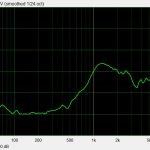
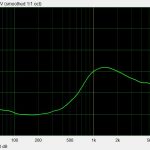
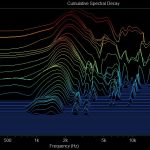
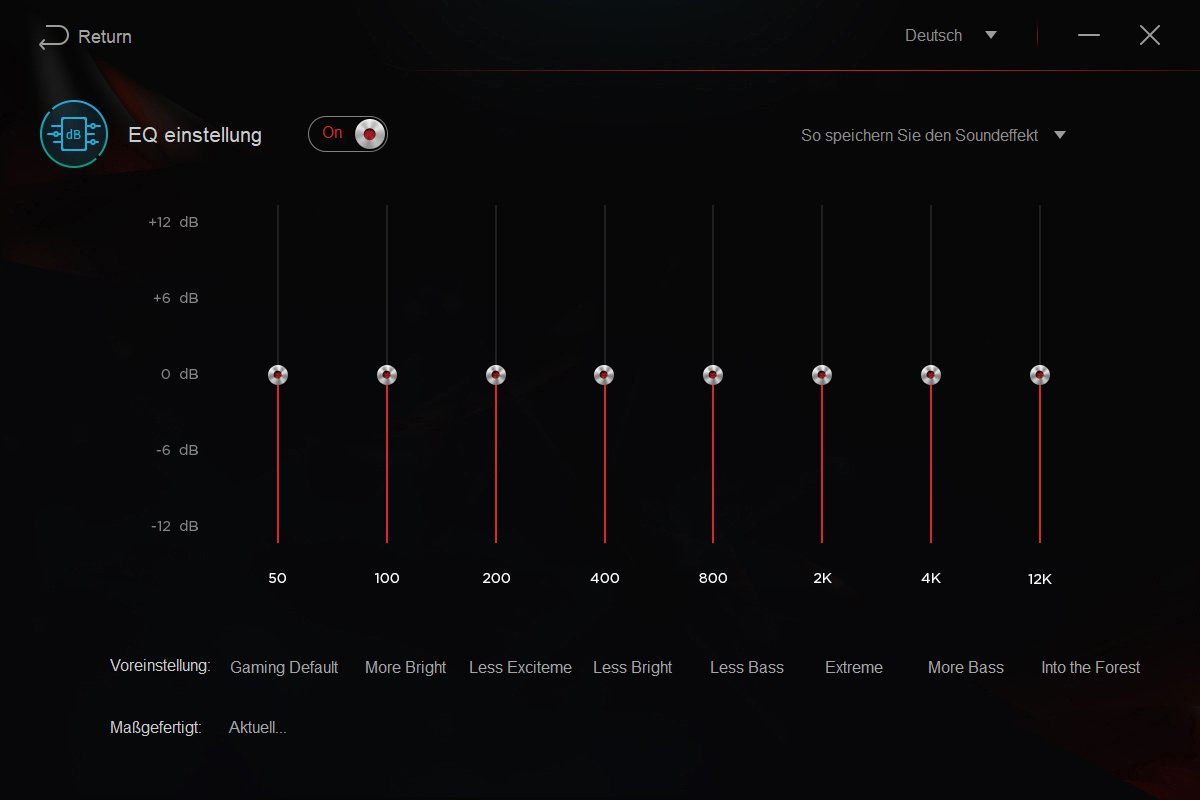
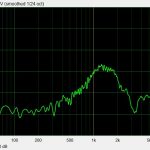
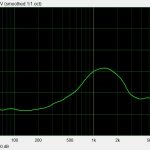

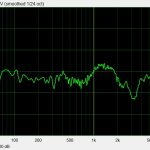
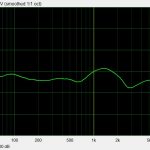
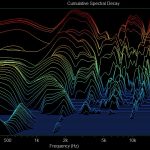
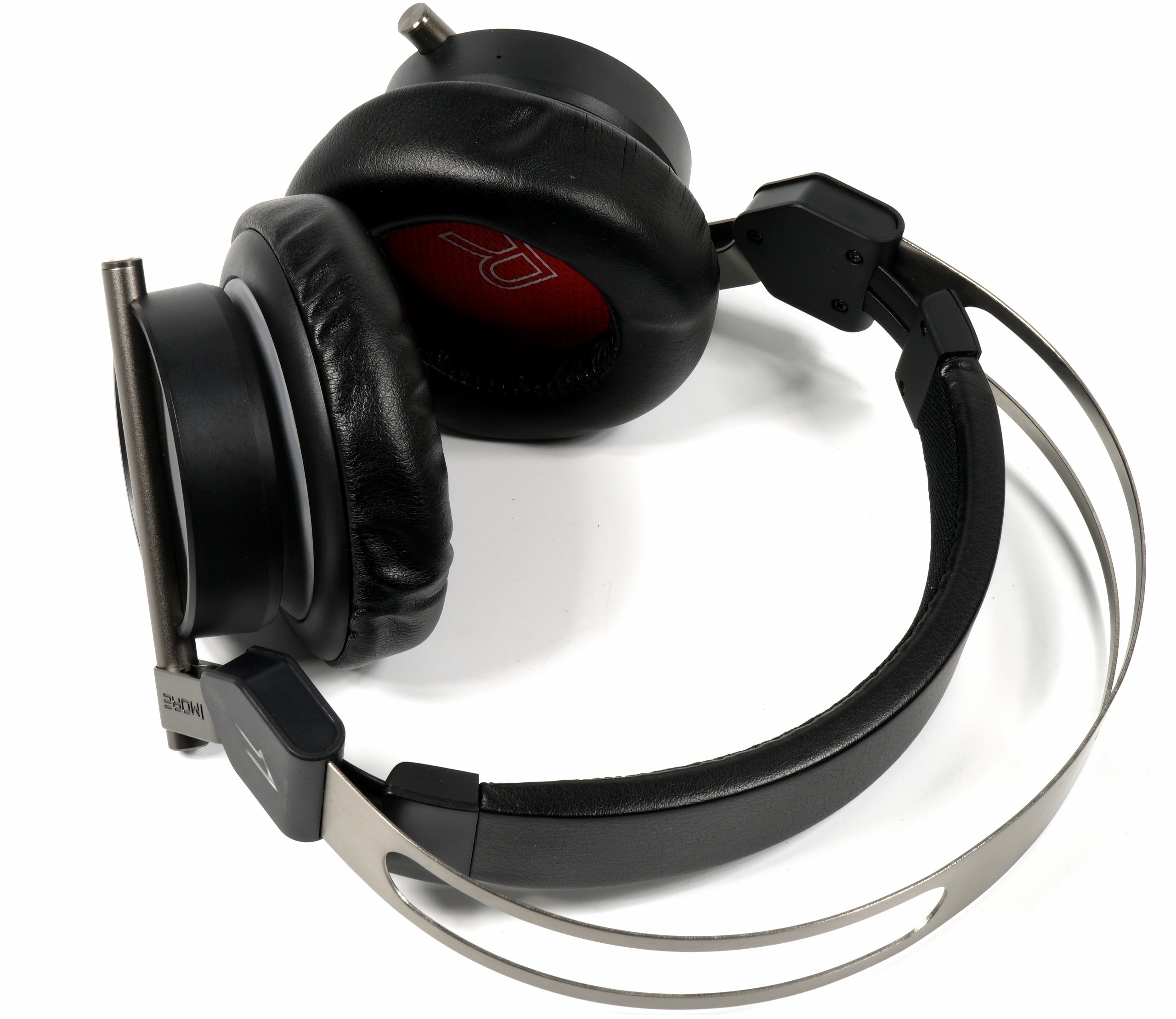















Kommentieren